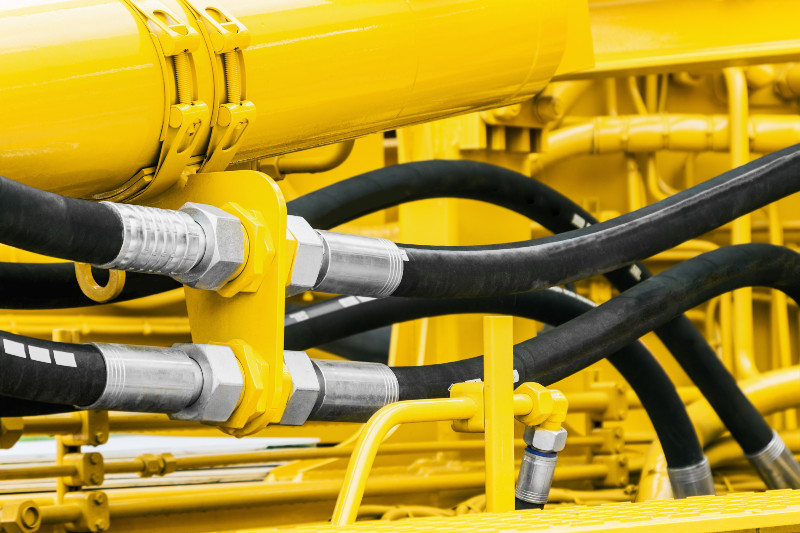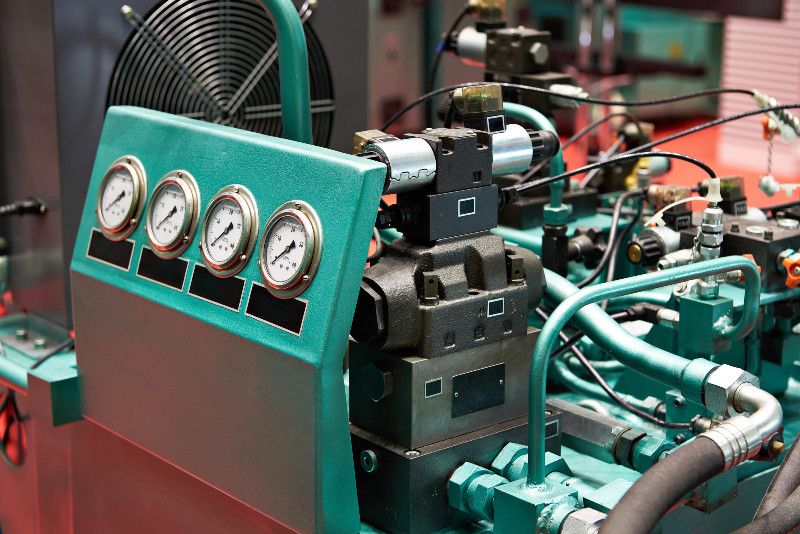Reciprocating compressors work on the principle of reciprocation. They are also known as piston compressors and they increase pressure in air to compress it. A reciprocating compressor has cylinders with pistons inside them and this machine typically draws power from a diesel engine.
Based on your application, you can select any one of the following types of reciprocating compressors.
• Single-acting – A single-acting compressor has the basic setup with a discharge valve and an inlet valve. The inlet valve helps in sucking in the air whilst the piston moves downward. After enough force has been applied, the discharge valve opens. Single-acting compressors are commonly used.
• Double-acting – This type of compressor comes with inlet and discharge valves on either end of the cylinder. Thanks to its design, a double-acting reciprocating compressor is highly-efficient and they are prominently used in the manufacturing industry. You will rarely find this compressor under 100 horsepower.
• Single-stage compressors – These compressors are typically used to power pneumatic tools that are handheld. These tools do not need more than 100 psi of pressure.
• Two-stage compressors – The compressed air in a two-stage compressor does not make its way to a storage tank after the air has been initially compressed. It goes through a smaller piston so that the air can be compressed again. This type of compressor produces significantly more air power and this is why they are used commonly in large industrial applications.
• Diaphragm – These compressors are also known as membrane compressors. They make use of a rotating membrane to suck air inside the compression system. This type of compressor uses two systems, such as an air pressure system and a hydraulic system. A flexible metal diaphragm acts as a protective barrier between the two systems.
If you are looking for a reciprocating compressor, consider why you need the system before investing.


